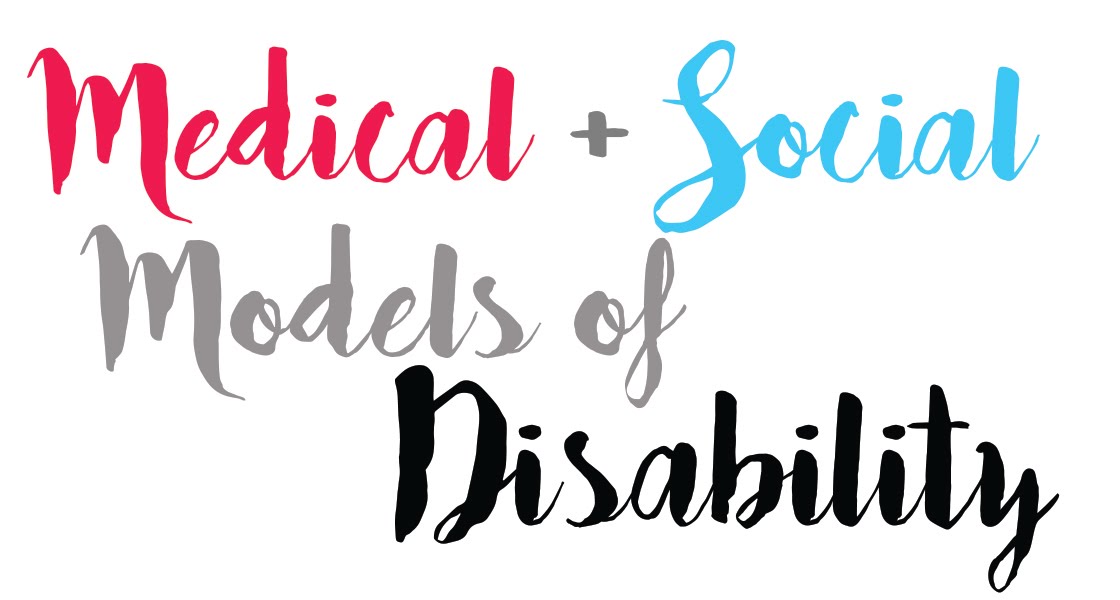Ann Chambers (2015) Medical and Social Models of Disability, available at https://www.youtube.com/watch?v=gqx7QFDi3bQ (accessed: 2nd December 2015)
Video trimmed down via TubeChop
The General Outline
The medical model of disability views disability as a ‘problem’ that belongs to the disabled individual. It is not seen as an issue to concern anyone other than the individual affected.Humans are to be adapted to fit into the world as it is. If this is not possible, then those affected are shut away in some specialised institution or isolated at home, where only their most basic needs are met. The emphasis is on dependence, backed up by the stereotypes of disability - bringing pity, fear and patronising attitudes.
The Implications
Usually the impairment is focused on, rather than the needs of the person. The lives of those affected is often handed over to those within medical and associated professions, with their talk of cures and 'normalisation'. Decisions such as the education received, where they live, if and where they can work - even control relationships can be dictated and advised. Believe it or not, even how the environment is created is controlled, and can have a large impact on what is accessible to those with disability.Examples
Some examples of the medical model approach might be:
- A course leader who refuses to produce a hand-out in a larger font for a visually impaired student. The student cannot therefore participate in the class discussion
- A member of staff who refuses to make available a copy of a PowerPoint presentation before a lecture. This creates a barrier to learning for the dyslexic students in the group who are likely to have a slower processing and writing speed and who will struggle to understand and record the key points
- A Students’ Union society that organises an event that is not accessible to disabled members
Summary
This medical model approach is based on a belief that the difficulties associated with the disability should be fully carried by the disabled person, and that the disabled person should make extra effort (perhaps in time and/or money) to ensure that they do not inconvenience anyone else.
Image taken from http://ddsg.org.uk/taxi/medical-model.html
You got this? Go you!
Gif taken from http://giphy.com/gifs/snow-winter-cold-ydBBZCByqY9xu


No comments:
Post a Comment